Asia continues to grapple with severe air quality issues, positioning itself as the most polluted region globally. Recent data reveals alarming levels of fine particulate air pollution (PM2.5) across the continent, significantly impacting public health and life expectancy.
The latest report paints a grim picture for Asia, with several major cities suffering from hazardous levels of air pollution. Bangladesh has been highlighted as the world's most polluted country, with PM2.5 levels drastically exceeding the World Health Organization's (WHO) guideline of 5 µg/m³. This has led to a reduction in average life expectancy by 4.8 years. In districts like Gazipur and Narsingdi, the impact is even more pronounced, cutting life expectancy by over 6 years.
India, another major concern, faces critical air quality issues in cities like Delhi and Mumbai, where particulate pollution is significantly above safe levels. Delhi's air quality, for instance, is often categorized as 'unhealthy' or worse, making daily life a challenge for its residents.
Across the region, the disparity in air quality is stark. While some areas are experiencing improvements, such as a 22% reduction in particulate pollution in Bangladesh in 2022 compared to the previous year, others continue to see rising levels. For example, the recent data indicates that even the least polluted districts in countries like Bangladesh have PM2.5 levels vastly exceeding WHO guidelines, with Sylhet having pollution 6.7 times higher than recommended levels.
The health implications of these pollution levels are severe. Air pollution in Asia is responsible for significant reductions in life expectancy, comparable to the impact of smoking. In Bangladesh, meeting WHO air quality guidelines could potentially add 5.6 years to life expectancy in Dhaka and 5.2 years in Chittagong. This highlights the profound effect that improving air quality could have on public health.
Globally, reducing PM2.5 to meet WHO standards could increase average life expectancy by 1.9 years, translating to 14.9 billion life-years saved worldwide. However, South Asia remains the most polluted region, accounting for 45% of global life years lost due to high pollution levels.
The region's ongoing struggle with air pollution underscores the need for more effective policies and robust data collection. Many Asian countries either lack national pollution standards or fail to meet existing ones. Over 75% of countries do not have or are not meeting national standards, and many have insufficient pollution monitoring and data transparency.
Efforts are underway to address these challenges. The EPIC Air Quality Fund, for instance, aims to improve pollution monitoring and open data access to better manage air quality. Nonetheless, substantial work remains to ensure that policies are implemented effectively and that air quality improvements are sustained.
Asia’s air quality crisis remains a critical issue with far-reaching implications for public health. As the region continues to battle high levels of air pollution, it is crucial for governments and organizations to ramp up efforts to address these challenges. Enhanced monitoring, stricter regulations, and sustained public awareness are essential to combating this pressing issue and improving air quality across the continent.



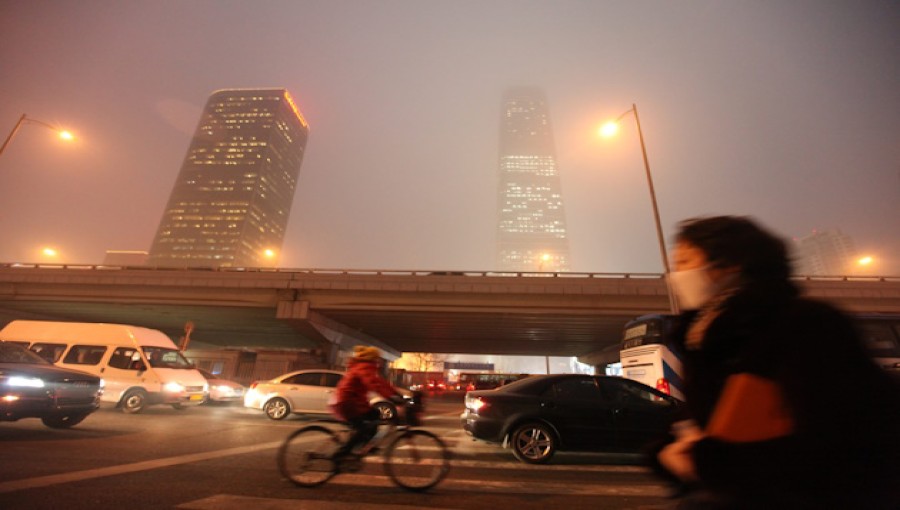





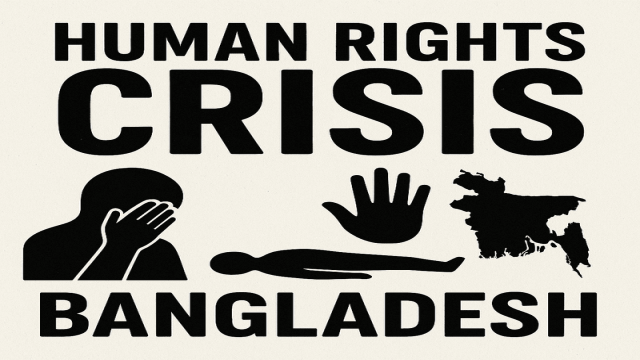
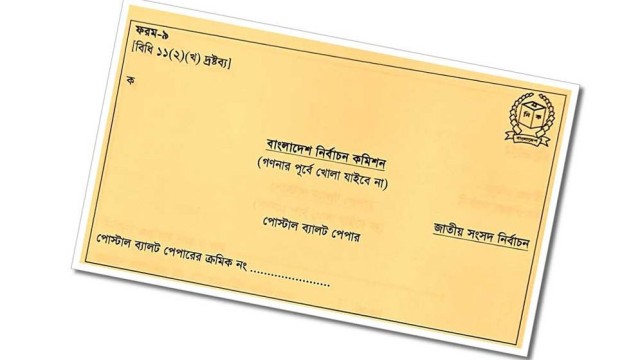
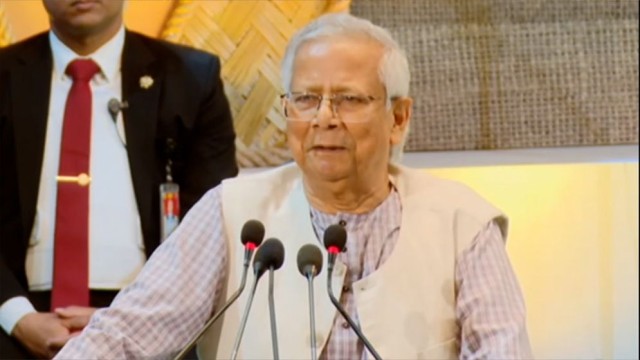
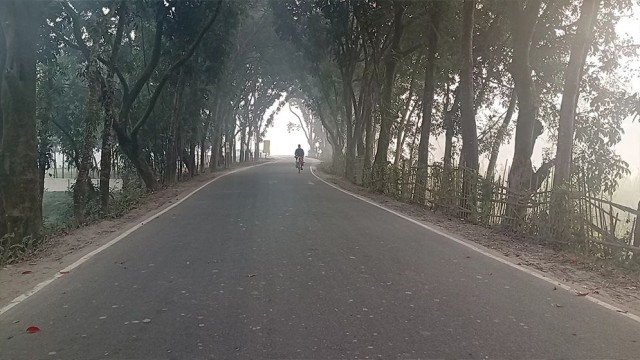

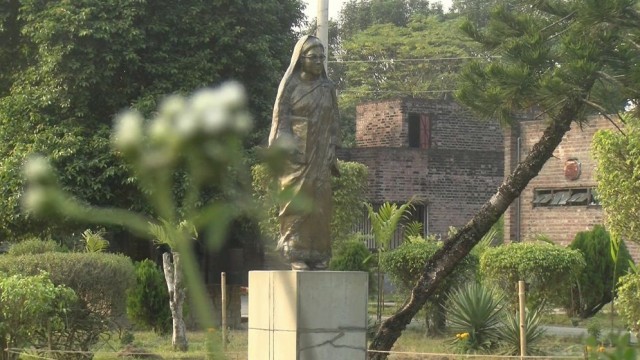














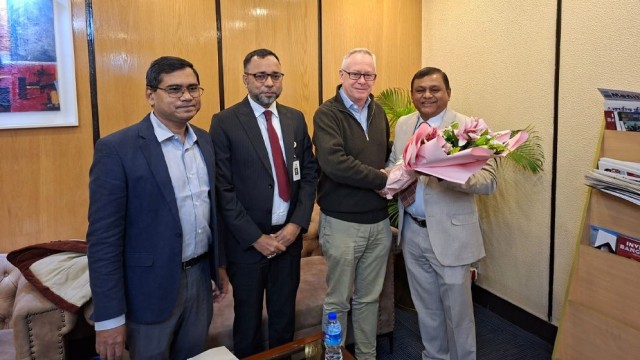

Comment: